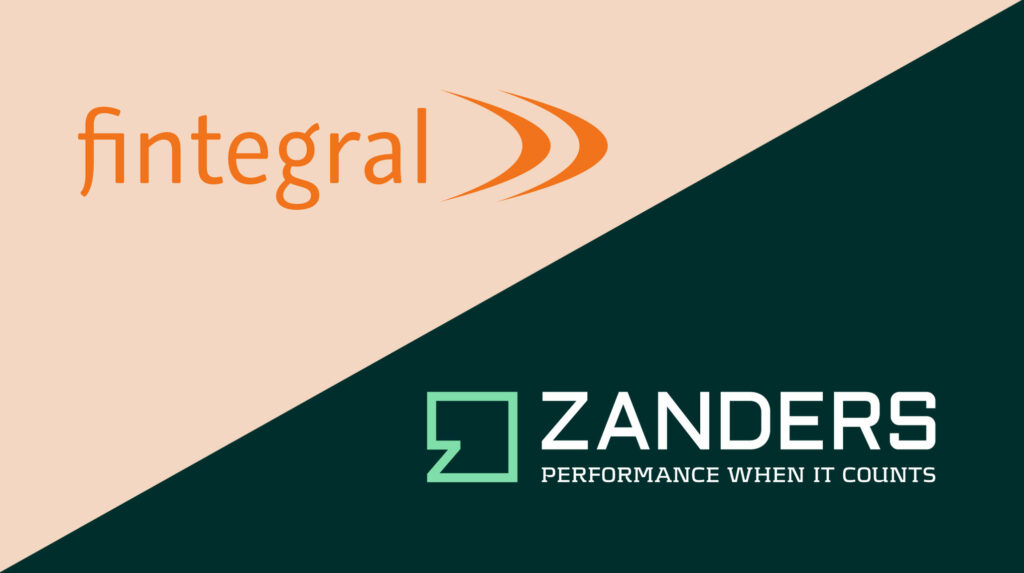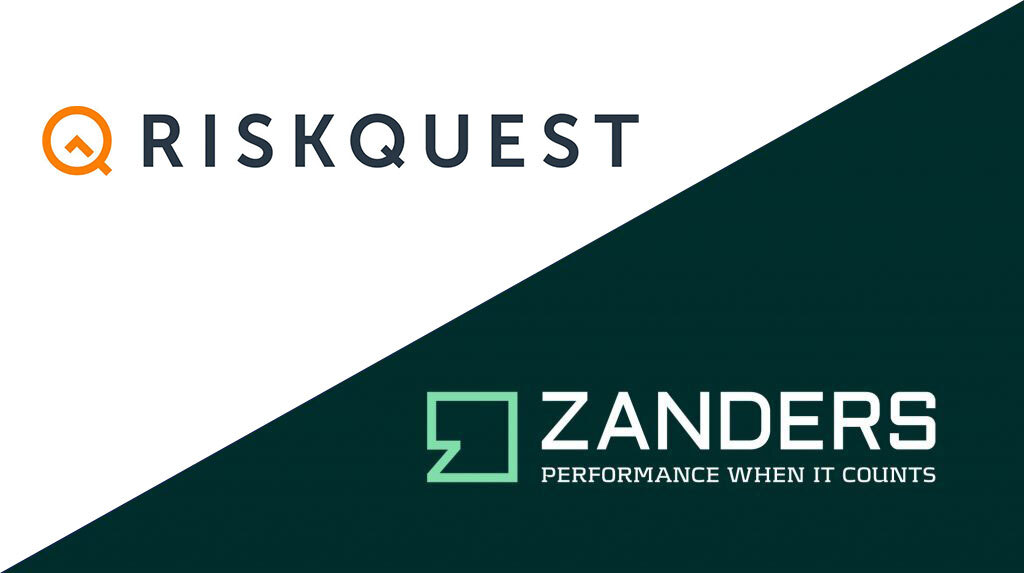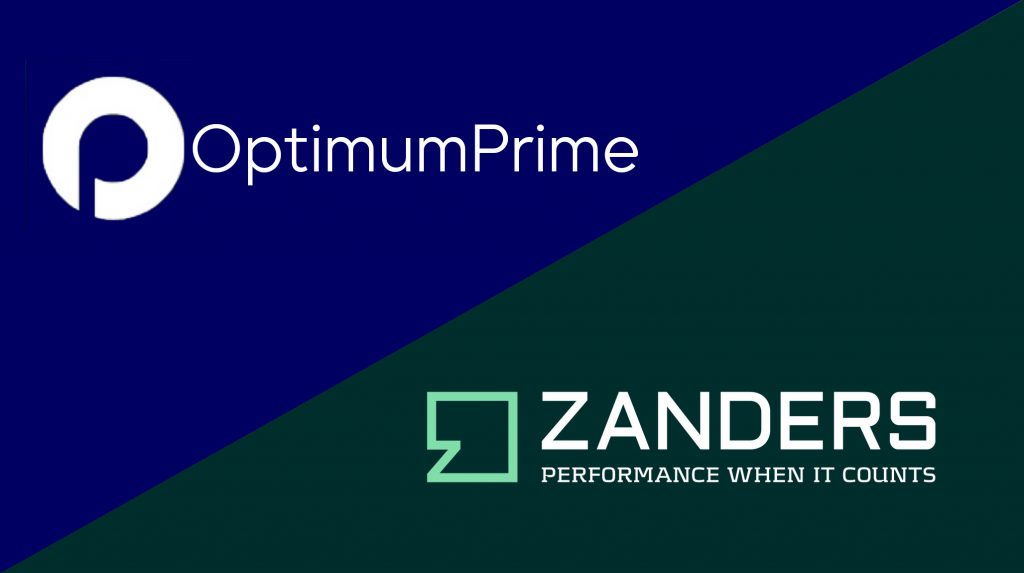British American Tobacco (BAT), headquartered in the UK and listed on the London Stock Exchange, is well known as the manufacturer of traditional cigarette brands as well as next generation products such as e-cigarettes. The company, which had a gross turnover of £42 billion in 2015 and employs 50,000 people across its manufacturing operations in 41 countries, is known for its commitment to operating responsibly and with transparency.
BAT recently completed the deployment of project ‘TaO’ which introduced a new target operating model enabled by one instance of SAP across all markets within the group. TaO is the enabler to migrate more processes to financial shared service centers and for the operation of a more centralized treasury function, resulting in greater visibility and control over the group’s cash resources.
Throughout the TaO project, Zanders advised BAT on how to restructure its treasury processes, which were overhauled and pushed towards a centralized model. And, as the company invested in its treasury and cash management infrastructure, the logical next step was to build on the foundation TaO provided to move from elements of best practice to world class cash management.
The TaO project highlighted the potential to increase efficiencies in payables and receivables by channeling payments through ‘on behalf of’ (OBO) structures, Phil Stewart, global head of cash and banking at BAT, says: “The ‘payments/receivables on behalf of’ (POBO/ROBO) structure was a key component of the cash management optimization initiative. These structures leveraged the in-house bank implemented during TaO, allowing for greater transparency, control and risk management while using established SAP channels for the most efficient and cost effective transaction routing.”
The ROBO challenge
BAT is an early adopter for best practices in the cash management and payments space, and in the case of OBO, BAT needed a bank that supported them in this relatively new area. Zanders director Arn Knol says: “POBO isn’t a new concept but this project focused on using virtual accounts to enable ROBO, replacing actual bank accounts with virtual accounts. This meant that each customer had to be assigned a unique virtual account – enabling BAT to see exactly when customers have paid and to replace physical bank accounts with virtual ones.”
One benefit of a ROBO structure is a clear reference for each receivable in central treasury, with data about the payment, which smooths the reconciliation process for receivables. The company also drastically reduces the number of bank accounts for further cost savings and more efficient use of staff time. The efficient processing and reconciliation of receivables also improves the day’s sales outstanding (DSO) process.
There was, however, a challenging aspect to the project: not all banks BAT spoke to were ready to meet the company’s requirements. Stewart says: “One of the challenges we faced was that the banks’ virtual account offerings were at different stages of maturity with very few able to support the model we wanted to deploy. We were able to overcome this to achieve a bespoke solution that worked for us on a consistent basis across all markets in scope. The virtual account space continues to evolve at pace, it is worth noting that a number of banks have made significant strides and are now better placed to meet our requirements.”
Concept and implementation
BAT started the OBO project in January 2016, initially working on a conceptual design for a number of pilot markets. The company’s Asia-Pacific business took on the pilot phase and chose to implement OBO in Hong Kong, Singapore, Australia and New Zealand. These countries had already rolled out the TaO project successfully and, from a regulatory perspective, had few barriers to adopting the structure.
BAT had already carried out due diligence in these markets prior to the start of the TaO project, including in-depth discussions with tax and legal experts, as well as with central banks. During the impact analysis for the OBO project, the company built on this knowledge, adding further technical analysis to identify what information SAP needed. Stewart says: “The conversations we had with Zanders at this stage were invaluable in shaping how BAT wanted to use virtual accounts to simplify account structure and enhance receivables process. They provided a high level of expertise, which enabled us to finalize the design at an early stage. This was key to the project’s success and timely implementation.”
BAT chose Deutsche Bank as the main banking partner for the Asia-Pacific pilot project. Communication between the company and the bank was crucial at this stage and facilitated the discussions. Knol explains: “The onsite meetings during the pilot phase helped to make sure that Deutsche Bank really understood what BAT wanted from a technical perspective. We played an important role in bridging any gaps between the bank and BAT.” Once the team was satisfied that the pilot phase was a success, they implemented the OBO structure with Deutsche Bank in Western Europe in the second half of 2016. Stewart says: “SEPA was the catalyst to effectively deploy OBO across Western Europe and, while the payments environment is more standardized than Asia-Pacific, the number of countries involved in the roll-out brought additional complexity to the project. We had to be clear in communicating the change in conjunction with getting the necessary legal and tax sign off from all markets. Although it’s to be expected that there will be some challenges, particularly from an IT point of view, all areas of the company were actually very supportive and fully bought into the new way of working.”
Business case for OBO
The business drivers for the project were centralization, simplification through standardization, rationalization, transparency, consistency and cost/risk reduction. The OBO structure supports treasury by increasing shared service efficiency and enhancing reconciliation processes, improving bank relationship management, consolidating banks and bank accounts, reducing fees, increasing yields and simplifying liquidity structures.
“The end result surpassed our expectations,” says Stewart. “One key factor was that our stakeholders were very aware of what impact the project would have from the outset. We ensured that our treasury, procure-to-pay and order-to-cash objectives were fully aligned. All corners of the business understood the benefits of the implementation and rather than wondering why we were doing it, they actually wondered why we hadn’t done it sooner.”
Working with the business units enabled the various stakeholders within BAT to understand the value of the project. According to Knol, BAT explored additional opportunities because it was clear that treasury was a valued partner for parts of the organization, such as procurement and the financial shared service center.
This acceptance allowed BAT to continue with the OBO project and roll it out in other markets. Stewart adds: “We certainly saw this as a wider cross-functional project supporting a number of other group wide centralization and working capital initiatives, rather than looking at it solely through a treasury lens.”
Handling complexity
BAT is a large organization; to affect change within the complexity of the OBO structure meant that the team had to cooperate closely with internal BAT business units and external players. Stewart says: “There was a huge collaborative effort from Zanders, Deutsche Bank and BAT. From the bank’s point of view, it was a particularly challenging project but they did a fantastic job in making it happen. We made it clear at the outset that we needed a bank that could effectively partner and deliver to our aggressive timelines. They were able to fulfil this and benefited as the project demonstrated what could be achieved; BAT became a showcase for them. What you need is a bank that’s able to think globally, building relationships with the shared service center in Bucharest, as well as with the team in London and to coordinate across borders.”
Is there any advice BAT would give to companies considering a similar POBO transformation? Stewart says: “Companies have to decide if the structure is right for them, what are they hoping to achieve and does it fit into company-wide objectives, is the technical infrastructure robust and secure enough to support? Is the relevant technical expertise available in-house or are consultants required? In addition, it is important to have buy-in from key stakeholders from the outset particularly from a tax and legal perspective. They need to ensure they have banking partners able to effectively support a project of this scale. It’s a huge step from conducting a request for proposal (RFP) to actually implementing the OBO structure, so choose a bank with some experience in this field. A project of this scope can seem daunting but don’t be put off by complexity: in many ways, the more complex the project, the greater the benefits.”
Future plans
BAT completed the POBO/ROBO implementation at the end of 2016 and is now looking to extend the structure to other markets where there is a solid business case to do so. They intend to roll out the project in Malaysia and they are currently in discussions with the Malaysian authorities and central bank to finalize approval. In Africa and the Americas, BAT is also looking to achieve a more streamlined bank account structure using virtual accounts on a non-OBO basis. Stewart concludes: “Overall, virtual accounts have brought us huge benefits and they would also work well in the payments space particularly for payroll and tax. Considering the progress we’ve made with OBO and the TaO project, BAT is now in a very strong position from a cash management perspective to enter a cycle of continuous improvement with simplified and efficient structures providing sufficient flexibility to adapt as technology develops and the business and regulatory requirements dictate.”
Would you like to know more about treasury transformation or virtual accounts? Contact us.




































